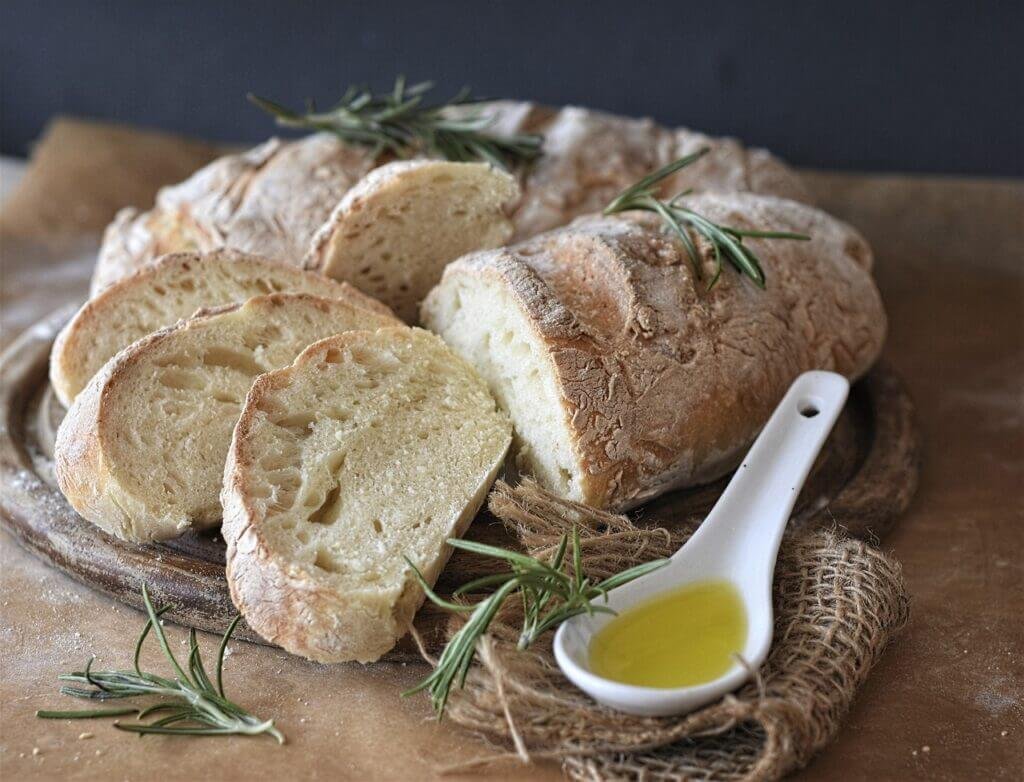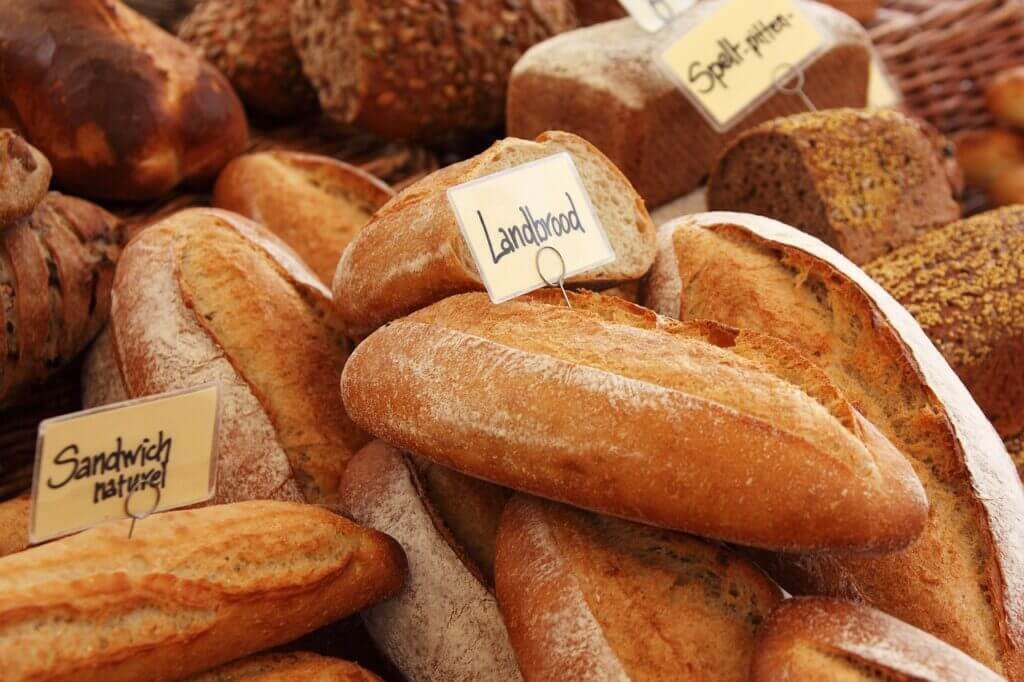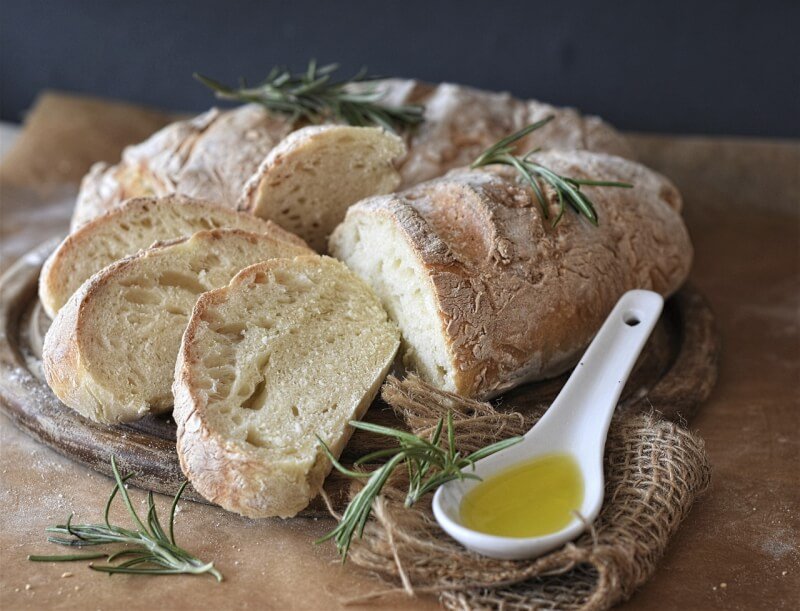You love to bake, but sometimes it can feel overwhelming trying to figure out which type of flour to use for different recipes. Don’t worry, we’ve got you covered! In this article, we will explore the various types of flour and help you navigate the shelves at the grocery store with confidence. Whether you’re making bread, cookies, or cakes, we’ll provide you with all the information you need to choose the right flour for every baking adventure. Get ready to elevate your baking skills and create delicious treats that will impress your friends and family!

Understanding Different Types of Flour
When it comes to baking, having a good understanding of the different types of flour is essential. Flour is one of the key ingredients in baking and can greatly impact the outcome of your baked goods. There are several types of flour available, each with its own unique characteristics and uses. In this article, we will explore the most common types of flour, including all-purpose flour, bread flour, cake flour, whole wheat flour, self-rising flour, and pastry flour.
All-purpose Flour
All-purpose flour is perhaps the most commonly used flour in baking. As the name suggests, it is versatile and can be used in a variety of recipes. All-purpose flour is a mixture of hard and soft wheat flours, which gives it a moderate protein content. This protein content is important for gluten formation, which affects the structure and texture of baked goods. All-purpose flour is suitable for a wide range of recipes, including cookies, cakes, muffins, and breads.
Bread Flour
If you are looking to bake homemade bread with a chewy and elastic texture, bread flour is the way to go. Bread flour has a higher protein content than all-purpose flour, typically around 12-14%. This high protein content creates more gluten when the flour is mixed with water and kneaded, resulting in a stronger dough that can rise well and hold its shape during baking. Bread flour is perfect for artisan breads, bagels, and pizza dough.
Cake Flour
For those delectable light and fluffy cakes, cake flour is the flour of choice. Cake flour has a low protein content, usually around 6-8%. This low protein content provides a tender and delicate texture in cakes, making them moist and soft. Unlike bread flour, cake flour has a fine texture that results in a more delicate crumb. It is also a good option for making cookies, biscuits, and pastries that require a delicate texture.
Whole Wheat Flour
For those who prefer a healthier option, whole wheat flour is a great choice. Whole wheat flour is made from grinding the entire wheat kernel, including the bran, germ, and endosperm. This gives it a higher nutritional content compared to refined flours. Whole wheat flour has a higher fiber content, which adds a nutty flavor and a denser texture to baked goods. It is ideal for whole wheat bread, muffins, and pancakes.
Self-Rising Flour
Self-rising flour is a convenient option for quick and easy baking. It is a combination of all-purpose flour, baking powder, and salt. The baking powder helps the dough or batter rise without the need for additional leavening agents. Self-rising flour is commonly used in recipes that call for a light and tender texture, such as pancakes, biscuits, and quick breads. It is important to note that self-rising flour cannot be used as a substitute for other types of flour in recipes that require a specific type.
Pastry Flour
Pastry flour is another type of flour that is commonly used in baking. It has a protein content between all-purpose flour and cake flour, typically around 9-10%. Pastry flour is ideal for making delicate pastries, pie crusts, and cookies. The lower protein content gives these baked goods a tender and flaky texture, while still providing enough gluten for structure.
Considerations for Baking with Different Flours
When choosing a flour for your baking needs, there are several factors to consider. These considerations include the protein content, gluten formation, texture and crumb, flavor, and absorption abilities of the flour.
Protein Content
The protein content in flour plays a significant role in gluten formation. Gluten is formed when the proteins in flour, known as glutenin and gliadin, combine with water and are kneaded or mixed. The higher the protein content, the more gluten is formed. This is why bread flour, with its higher protein content, produces a stronger and more elastic dough than cake flour, which has a lower protein content.
Gluten Formation
Gluten is essential for providing structure and elasticity to baked goods. It allows them to rise properly and hold their shape during baking. The amount of gluten formation can be adjusted by choosing the right flour for your desired outcome. If you want a chewy texture and a strong dough, bread flour is the way to go. For a tender and delicate crumb, cake flour is the better choice.
Texture and Crumb
The texture and crumb of your baked goods are greatly influenced by the type of flour you use. All-purpose flour, with its moderate protein content, can be used in a wide range of recipes, resulting in a balanced texture. Bread flour creates a chewy and elastic texture, perfect for hearty breads. Cake flour produces a soft and tender crumb, ideal for light and fluffy cakes. Pastry flour gives delicate pastries a flaky and tender texture, while whole wheat flour adds a denser and nuttier texture to baked goods.
Flavor
Different types of flour have distinct flavor profiles that can enhance or complement the other ingredients in your recipes. Whole wheat flour adds a nutty and earthy flavor to baked goods. Bread flour has a slightly wheaty flavor that is more pronounced in breads. Cake flour has a neutral flavor that allows other ingredients to shine. Considering the flavor of the flour can help you choose the right one for your desired taste.
Absorption
The absorption capabilities of flour can vary depending on its type. Some flours may require more or less liquid to achieve the desired consistency. It is important to follow the recipe instructions and make adjustments if needed. Too much or too little liquid can affect the texture and outcome of your baked goods. Keep in mind that whole wheat flour tends to absorb more liquid than all-purpose flour, so you may need to adjust the recipe accordingly.

Choosing the Right Flour for Various Baking Needs
Now that we have explored the different types of flour and their characteristics, let’s discuss how to choose the right flour for specific baking needs.
Bread Baking
If you are planning to bake bread, using bread flour is highly recommended. Its high protein content and gluten-forming capabilities are essential for creating a strong and elastic dough that can rise well. Bread flour will give your bread a chewy texture and a sturdy crust. However, if you don’t have bread flour on hand, you can still use all-purpose flour, but the texture may be slightly different.
Cake Baking
For light and fluffy cakes, cake flour is the best option. Its low protein content and fine texture create a tender crumb and a delicate texture. Cake flour is perfect for baking delicate layer cakes, cupcakes, and sponge cakes. If you don’t have cake flour, you can make a substitute by mixing all-purpose flour with cornstarch. For every cup of cake flour needed, replace two tablespoons of all-purpose flour with two tablespoons of cornstarch.
Pastry and Pie Making
Pastry flour is the preferred choice for pastries and pie crusts. Its lower protein content allows for a tender and flaky texture without becoming too tough. Pastry flour is perfect for making pie crusts, tarts, and other delicate pastry doughs. If you don’t have pastry flour, you can make a substitute by combining all-purpose flour and cake flour in equal proportions.
Cookie and Biscuit Baking
For cookies and biscuits, the type of flour used can greatly impact the texture and taste. All-purpose flour is a good choice for most cookie recipes, providing a balanced texture. However, if you prefer a more delicate and tender cookie, cake flour can be used. It will give your cookies a softer and more delicate crumb. Feel free to experiment and find the perfect flour for your favorite cookie recipes.
Sourdough Baking
Sourdough baking is a unique process that requires a special type of flour. Many sourdough bakers prefer using a combination of bread flour and whole wheat flour. The bread flour provides the necessary gluten for structure and elasticity, while the whole wheat flour adds flavor and texture. It is important to note that using only whole wheat flour in sourdough baking can result in a denser texture and a more pronounced whole wheat flavor.
Alternative Flours for Specific Dietary Needs
In addition to the traditional types of flour, there are also alternative flours available to cater to specific dietary needs. These alternative flours are often gluten-free or made from nuts or other grains. They can provide unique flavors and textures to your baked goods.
Gluten-free Flours
For those who follow a gluten-free diet, there are several gluten-free flours available as substitutes. These include rice flour, almond flour, coconut flour, and buckwheat flour, among others. Gluten-free flours can be used in a variety of recipes, such as cakes, cookies, and breads, to create delicious gluten-free alternatives.
Nut-based Flours
Nut-based flours, such as almond flour and hazelnut flour, can add a rich and nutty flavor to your baked goods. They are often used in recipes that call for a distinct nutty taste. Nut flours are also a great option for those who are following a grain-free or low-carb diet.
Coconut Flour
Coconut flour is a unique flour that is gaining popularity in the baking world. Made from dried coconut meat, it is high in fiber and low in carbohydrates. Coconut flour is known for its ability to absorb moisture, so it is typically used in combination with other flours in recipes. It can add a subtle coconut flavor and a light texture to your baked goods.
Rice Flour
Rice flour is another gluten-free option that can be used in a variety of recipes. It is made from finely ground rice and has a neutral flavor. Rice flour is often used in Asian-inspired dishes, such as mochi and rice cakes. It can also be used as a thickening agent in sauces and soups.

Storage and Shelf Life of Different Flours
Proper storage of flour is crucial to maintain its freshness and quality. All types of flour should be stored in a cool, dry place, away from direct sunlight and heat sources. It is recommended to store flour in airtight containers to prevent moisture, pests, and odors from affecting its quality.
The shelf life of flour can vary depending on the type and storage conditions. All-purpose flour, bread flour, and pastry flour can typically be stored for 6-8 months. Cake flour and whole wheat flour have a shorter shelf life and should be used within 4-6 months. It is important to check the expiration date on the packaging and use the flour before it becomes rancid or loses its freshness.
Common Mistakes to Avoid When Choosing Flour
While choosing the right flour for your baking needs, there are some common mistakes that you should avoid to ensure the best results.
Not Checking the Protein Content
The protein content of flour is an important factor to consider when choosing the right flour for your recipe. Not checking the protein content can lead to undesirable outcomes, such as a dense loaf of bread or a dry cake. Always check the label or packaging of the flour to determine its protein content and choose accordingly.
Using the Wrong Type of Flour
Using the wrong type of flour can greatly affect the texture and outcome of your baked goods. Each type of flour has its own unique characteristics, and using the wrong one can result in a less than satisfactory outcome. Take the time to understand the qualities of each type of flour and choose the right one for your specific recipe.
Expired or Rancid Flour
Using expired or rancid flour is a common mistake that can ruin your baked goods. As flour ages, it can become stale and lose its freshness. Using expired or rancid flour can affect the taste and quality of your baked goods. Always check the expiration date and perform a quick smell test to ensure that your flour is fresh and in good condition.
Choosing the right flour for your baking needs can make a significant difference in the texture, flavor, and overall success of your baked goods. By understanding the different types of flour, considering their characteristics, and avoiding common mistakes, you can confidently embark on your baking journey and create delicious treats that will impress everyone. Happy baking!


